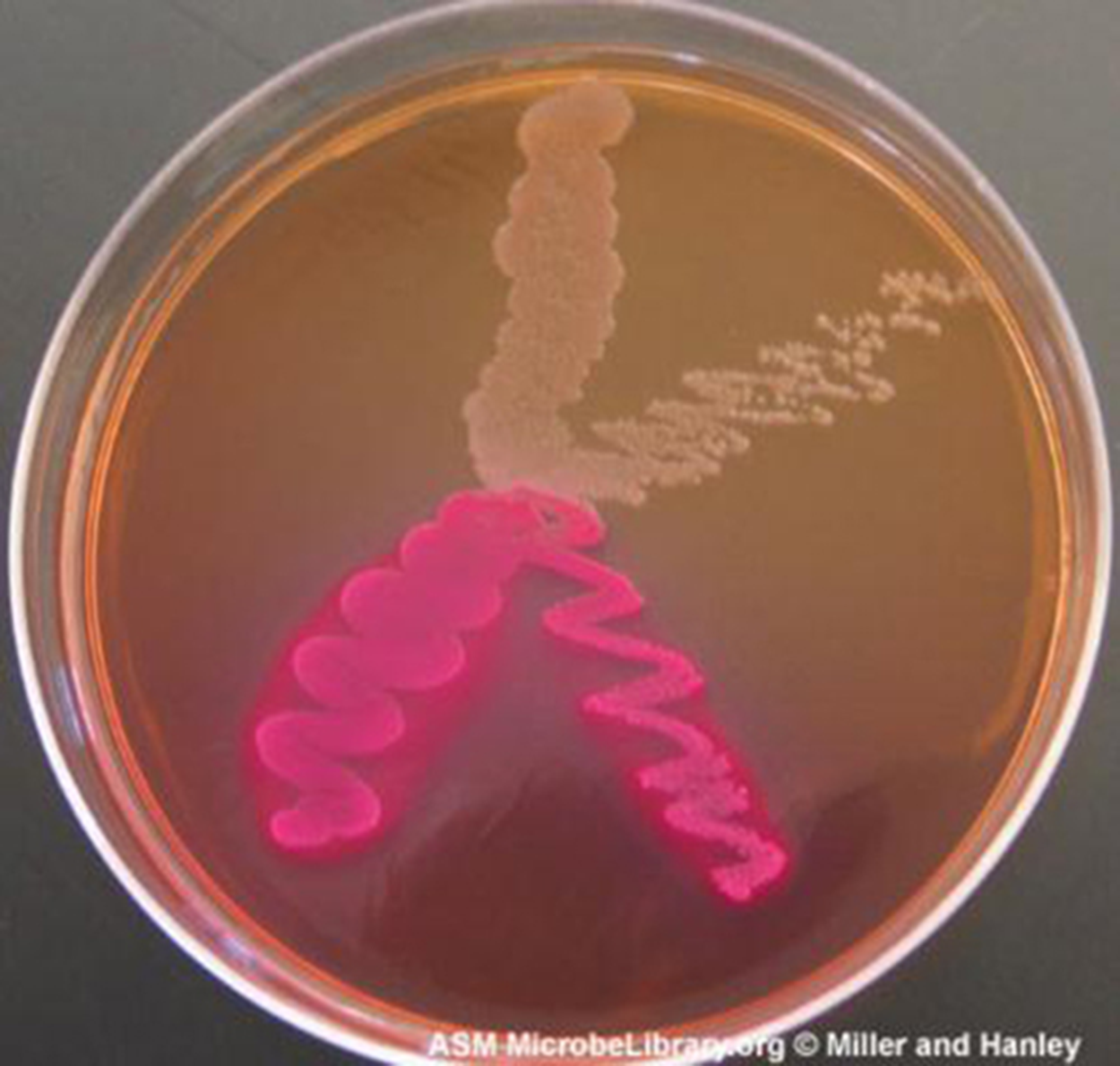Table of Contents |
Although genetic analyses have provided insight into the tremendous variety of nonculturable microbes and the limitations of culture techniques, it is important to be familiar with culture techniques as they continue to serve very important roles. As you learned in previous lessons, for example, they can be used to count colony-forming units. Microbes from an infection can be exposed to antibiotics to help identify which treatment is likely to be most effective. The Ames test relies on cultures to examine the mutagenicity (and therefore potential carcinogenicity) of chemicals.
In this lesson, you will learn about the most important general types of media used to grow microbes. However, these are only general categories. There are many specialized media designed for specific purposes that you may encounter in the future.
Growth medium needs to contain sufficient nutrients and vitamins to support the growth of the microbes of interest. Many growth media are considered general all-purpose media because they are intended to support a wide range of microorganisms. Commonly used options are tryptic soy broth (as a liquid medium) and tryptic soy agar (as a solid medium).
In some cases, specialized media are needed. These media may be used to grow bacteria with specialized requirements or for particular purposes. For example, the tutorial about genetic engineering described how medium containing antibiotics can be used to select for bacteria that have taken up plasmids.
Fastidious organisms cannot make certain nutrients and therefore require a medium that contains these nutrients (enriched medium). For example, some organisms require whole blood and the medium containing this is called blood agar. When the blood cells are partially lysed (broken open), the medium is called chocolate agar.
Many media are complex media, meaning that their exact composition is unknown. These are made by combining extracts and digests of yeasts, meat, or plants. Tryptic soy broth is an example of a complex medium.
In some cases, it is necessary to know the complete chemical composition of a medium and a chemically defined medium is required. For example, a study to determine the nutritional requirements of a particular microbe might require exact knowledge of which nutrients were present.
Some media are particularly useful because they either help to control microbial growth or help to distinguish between types of microbes. These media can be valuable to help keep a culture relatively pure or to recognize whether microbes of interest are present.
Selective media are media that inhibit the growth of unwanted microorganisms and support the growth of the organism of interest. By supplying nutrients needed by one microbe and potentially providing a less hospitable environment to other types of microbes, competition is reduced for the microbe of interest. For example, MacConkey agar contains bile salts and crystal violet, which inhibit the growth of many gram-positive bacteria and favor the growth of gram-negative bacteria. In particular, MacConkey agar is useful for cultivating intestinal bacteria called enterics (Enterobacteriaceae).
By supplying a compound only used by a particular bacterial species or type of bacteria, such as crude oil, it is possible to foster the growth of the bacteria of interest. A culture of this type is an enrichment culture because of the unique additive.
Differential media are useful in distinguishing between types of bacteria because of changes in the bacteria or medium. For example, bacteria grown on blood agar will produce different patterns depending on how they interact with the blood. Bacteria that can completely hydrolyze blood will produce clear areas. MacConkey agar is a differential medium as well as a selective medium. Lactose-fermenting bacteria produce acid that causes the medium and colonies to turn pink, whereas nonfermenting bacteria do not change the color.
The photo below shows a MacConkey agar plate with pink lactose-fermenting Escherichia coli at the bottom and tan non-fermenting Serratia marcescens at the top.

The table below summarizes the types of media described in this lesson.
| Type of Medium | Definition |
|---|---|
| Enriched medium | Medium that includes specific components needed by fastidious organisms |
| Chemically defined medium | Medium for which the exact composition is known |
| Complex medium | Medium that contains complex extracts and digests, so the precise chemical composition is not known |
| Selective medium | Medium that inhibits the growth of certain microorganisms while supporting the growth of other microorganisms |
| Differential medium | Medium that distinguishes between different types of organisms through characteristics such as color changes |

Source: THIS TUTORIAL HAS BEEN ADAPTED FROM OPENSTAX “MICROBIOLOGY.” ACCESS FOR FREE AT openstax.org/details/books/microbiology. LICENSE: CC ATTRIBUTION 4.0 INTERNATIONAL.